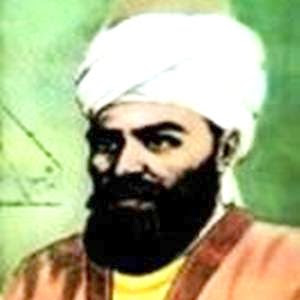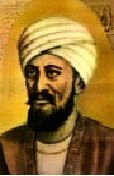Jaipong Dance

Jaipongan is the art of dance that was born from the creativity of an artist from Bandung , Gugum Gumbira. It was inspired by the pop art , one of them is Tapak Tilu, he became know and recognize the pattern of step of Kliningan or Bajidoran or Ketuk Tilu dance. Until he can develop a dance or art which is now in the know with the name Jaipongan . His first Jaipong creation has known by people are “ Daun Pulus Keser Bojong” and “Rendeng Bojong”, both of tahem are kind of women dance and couple dance. Firstly, this dance considered as an erotic and vulgar dance, but the longer, this dance being more popular and began to increase the frequency of the show both in television and celebration which organized by Government or private parties. From this Jaipong creation nascent some professional dancer such as Tati Saleh, Yeti Mamat, Eli Somali, dan Pepen Dedi Kirniadi. The presence of Jaipongan dance has contributed greatly to the lovers dance more active to discover...






